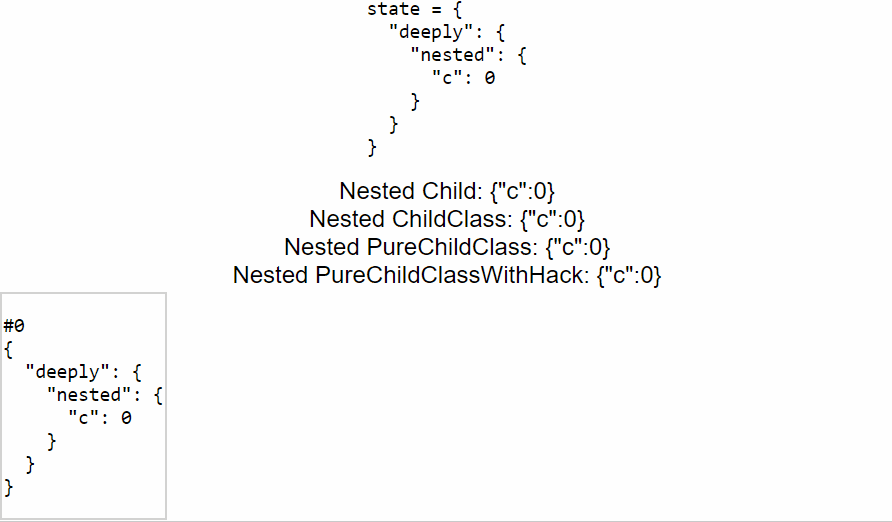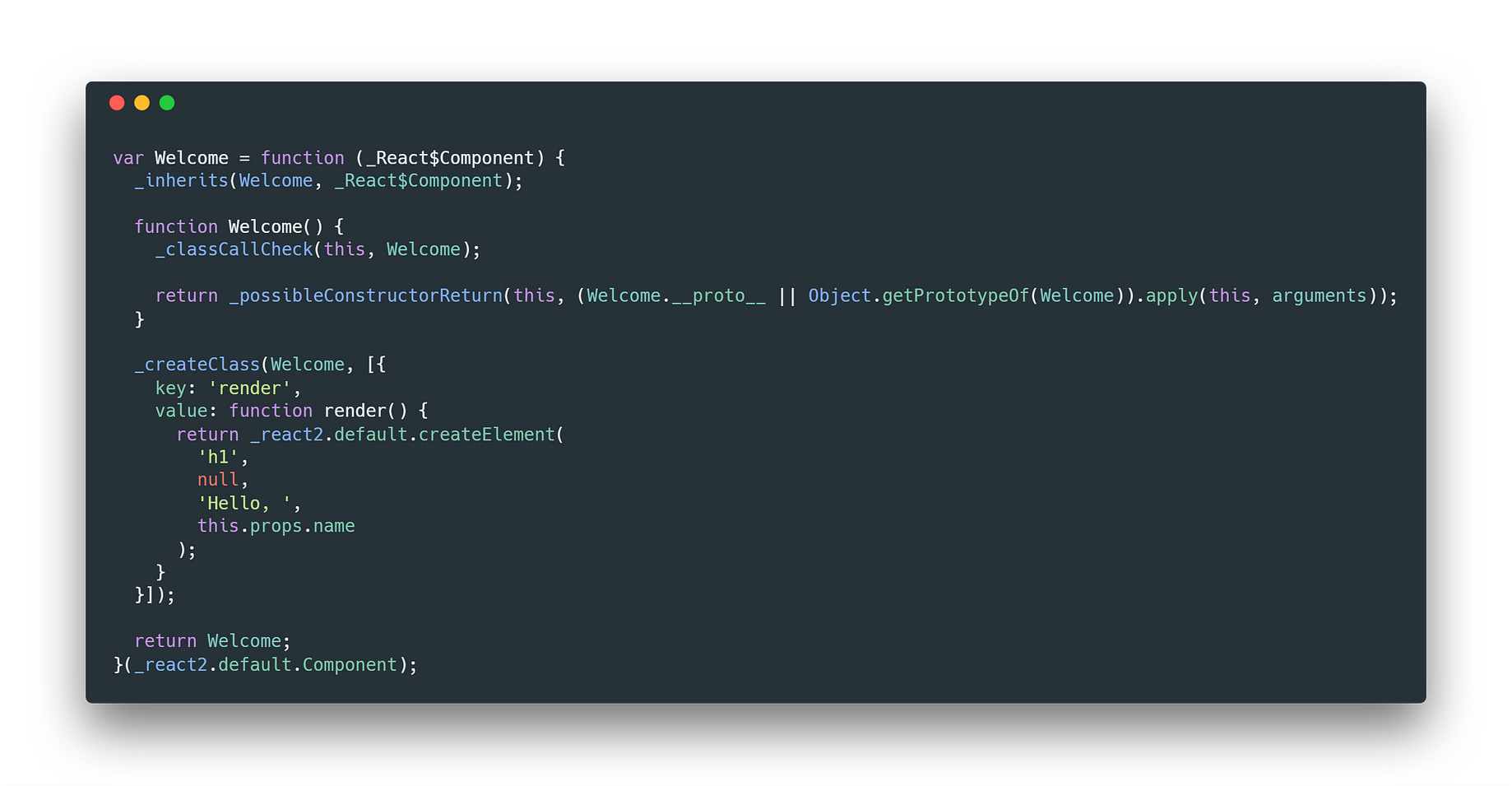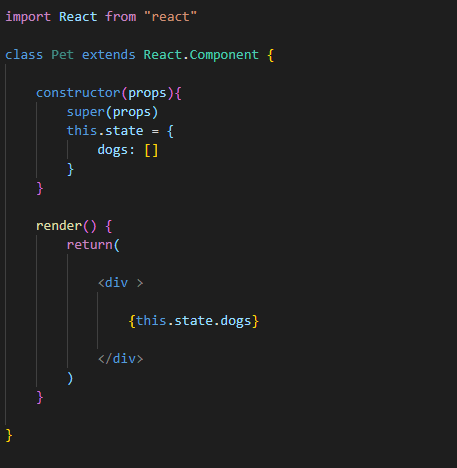This is the primary method you use to update the user interface in response to event handlers and server responses. React useState hook manages the state in functional React components.

But Did You Pass The Props React Tutorial Tutorial Javascript Class
Initial State updateState updateStatebindthis The full code is as follows.

React class component update state. To update state React developers use a special method called setState that is inherited from the base Component class. Now calling updateState will update the childs state constructor props super props thisstate text. Inside it the Clock component schedules a UI update by calling setState with an object containing the current time.
However theres an important nuance to be aware of when updating the state. PrevState - Previous state of the component. However you might still be wondering why React doesnt just update thisstate immediately without re-rendering.
SetState method allows to change of the state of the component directly using JavaScript object where keys are the name of the state and values are the updated value of that state. The state is initialized with some value and based on user interaction with the application we update the state of the component at some point in time using setState method. Were using the jestspyOn function which has the following syntax.
The state object of a component may contain multiple attributes and React allows using setState function to update only a subset of those attributes as well as using multiple setState methods to update each attribute value independently. In class components thisstate holds the state and you invoke the special method thissetState to update the state. Class MyComponent extends React.
SetState enqueues changes to the component state and tells React that this component and its children need to be re-rendered with the updated state. Thanks to the setState call React knows the state has changed and calls the render method. JestspyOnobject methodName This function creates a mock function similar to jestfn while tracking the calls to the objects method.
React has a forceUpdate method by using that we can force the react component to re. Well talk about how to perform this same task in a Functional Component. Since this hook gives us state derived from the changes in props it is the very first lifecycle hook invoked when a component is updated.
React generally re-renders the component whenever the component state or props are changed and we see the updated UI. Join millions of learners from around the world already learning on Udemy. When this happens the component is re-evaluated and goes through a different lifecycle than the creation lifecycle.
Snapshot - Value returned by getSnapshotBeforeUpdate method. In this tutorial we are going to learn about how to force update the react class-based components and also functional components. ComponentDidMount globalVarcallback data this refers to our react component thissetState.
When is a component updated. React class components have a state property that holds their state. They provide a setState method you can use to update the state triggering a re-render.
To change a value in the state object use the thissetState method. The setState method can take either an object or a. To make the React applications interactive we almost use state in every react component.
Join millions of learners from around the world already learning on Udemy. When a value in the state object changes the component will re-render meaning that the output will change. In this example we will build a color-changing React application which changes the color of the text on the click of the button which will update the component and the componentDidUpdate method will be called.
The ReactComponent class gives us a lifecycle method that makes this easy to do and I recommend using the componentDidMount for making any async requests that happen when the component loads. As explained in the previous section React intentionally waits until all components call setState in their event handlers before starting to re-render. This function adjusts the state of the component and is called in the handleClick function.
Ad Learn how to build Native Apps for iOS Android with React Native and Redux. Ad Learn how to build Native Apps for iOS Android with React Native and Redux. Forcing component to re-render.
A component is updated when there are changes made to the components props or state. This boosts performance by avoiding unnecessary re-renders. Mostly using state in React is straightforward.
In your react component set up a globally available closure which will update its state when the function is fired. Every second the browser calls the tick method.

1 State In React Component Tutorialswebsite Components Call Parents Tutorial

Pin On React Native App Development Solutions

How To Update Nested State Properties In React Stack Overflow

How To Build A News App With Javascript And React Native React Native Class App Programming Memes

React Native Global State Hooks React Native React Tutorial Basic Concepts

A Complete Beginner S Guide To React Freecodecamp Org

Reactjs State In React Geeksforgeeks

Functional Vs Class Components In React By David Joch Medium

Optimize Your React App With React Memo By Aditya Agarwal Bits And Pieces React App Optimization App

Hello Everyone Welcome To Our 3rd Chapter In This Chapter We Will Explain The Basic Building Blocks Of The Re React Tutorial Learn Computer Coding React App
Use State In Functional Component Of React Dev Community










0 Comments